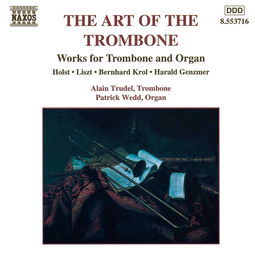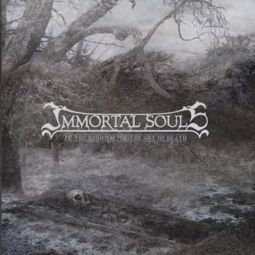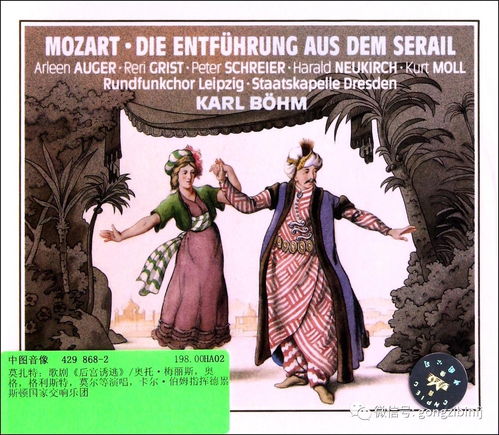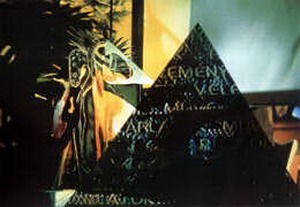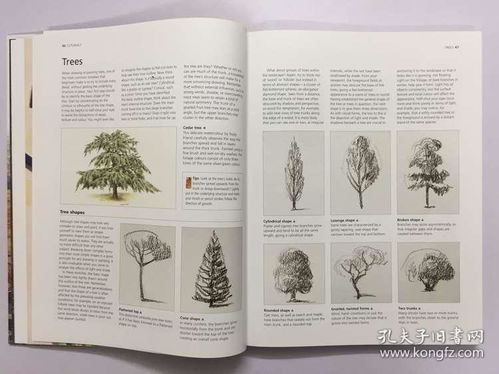Outdoor Fishing Tips: Crafting the Ultimate Guide for Anglers
Outdoor fishing is an enchanting pastime that combines the tranquility of nature with the thrill of the hunt. Whether you're a seasoned angler or a beginner looking to cast your line into the unknown, having a well-crafted guide to fishing tips can make all the difference. In this article, we'll delve into the art of writing effective outdoor fishing tips, ensuring that your readers are equipped with the knowledge to land that big one.
Start with a Compelling Introduction
Your introduction should capture the reader's attention and set the tone for the rest of the article. Begin with a vivid description of the fishing experience, perhaps a personal anecdote or a captivating statistic about the popularity of fishing. For example:
"Imagine the serene sound of water lapping against the shore, the gentle rustle of leaves in the breeze, and the anticipation of a tug on your line. Outdoor fishing is more than just a hobby; it's a connection to the natural world that can be both challenging and deeply rewarding. In this guide, we'll explore the essential tips that will help you master the art of fishing, whether you're targeting the mighty bass or the elusive trout."
Define Your Audience and Purpose
Before diving into the tips, it's crucial to understand who your audience is and what you aim to achieve with your article. Are you targeting beginners, intermediate anglers, or seasoned veterans? Your purpose could be to provide general advice, focus on a specific type of fishing, or offer tips for fishing in particular environments.
For instance:
"This guide is tailored for beginners who are eager to learn the basics of outdoor fishing. Whether you're planning a day out on the lake or a weekend trip to the river, these tips will help you get started and improve your chances of catching fish."
Break Down the Tips into Sections
Organize your tips into clear, digestible sections. This makes the article easier to follow and allows readers to quickly find the information they need. Here are some potential sections:
- Choosing the Right Gear: Discuss the importance of selecting the right rod, reel, line, and bait for different types of fishing.
- Understanding Fish Behavior: Explain how to read water, identify fish patterns, and predict where they might be.
- Techniques for Different Species: Offer specific techniques for catching various types of fish, such as bass, trout, or catfish.
- Safety and Etiquette: Emphasize the importance of safety and proper fishing etiquette, including how to handle fish responsibly.
- Environmental Considerations: Highlight the importance of conservation and how anglers can minimize their impact on the environment.
Provide Detailed and Actionable Tips
Each section should be filled with detailed and actionable tips. For example:
Choosing the Right Gear
- Rod and Reel: For beginners, a medium-action rod with a spinning reel is a versatile choice. Look for a rod that is comfortable to hold and a reel with a smooth drag system.
- Line: Use monofilament line for general fishing, as it's strong and easy to see in the water. For more sensitive fishing, consider using fluorocarbon line, which is less visible to fish.
- Bait: The type of bait you choose depends on the fish you're targeting. Live bait, such as worms or minnows, can be effective, but artificial lures can also work wonders.
Include Visuals and Examples
Visual aids such as diagrams, photos, or videos can greatly enhance the reader's understanding. For instance, include a photo of the different types of rods and reels, or a diagram showing how to tie a basic fishing knot.
Conclude with a Call to Action
End your article with a call to action that encourages readers to put their new skills into practice. For example:
"Now that you have a solid foundation of fishing tips, it's time to hit the water. Remember to always prioritize safety, respect the environment, and enjoy the experience. Happy fishing!"
Proofread and Edit
Before publishing your article, take the time to proofread and edit for clarity, grammar, and punctuation. A well-written article is more likely to be read and appreciated by your audience.
By following these steps, you can create an informative and engaging guide to outdoor fishing tips that will help your readers become better anglers and deepen their appreciation for this timeless pastime. Happy writing, and happy fishing!
